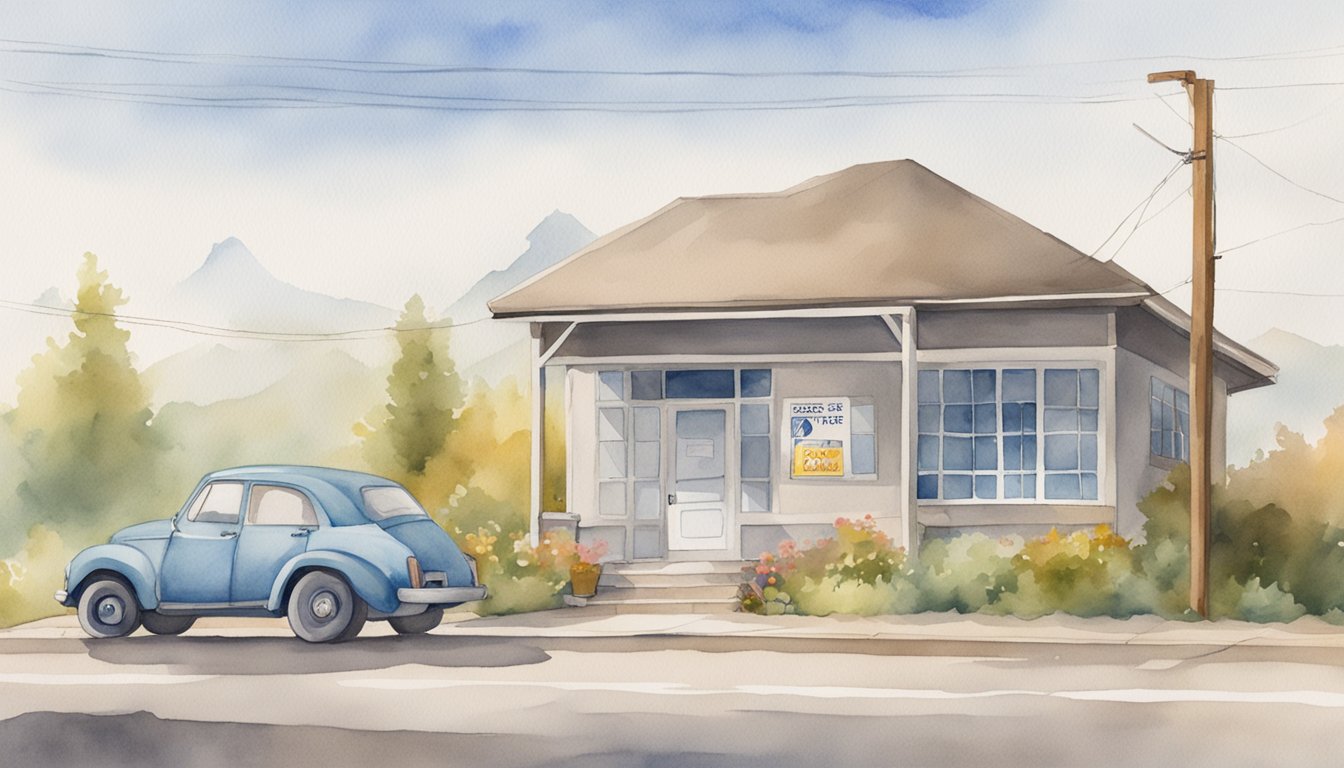Understanding Loss of Use Coverage
Loss of use coverage, also known as Coverage D, is part of many standard homeowners and renters insurance policies.
This coverage steps in when your home becomes uninhabitable due to insured perils like fires or storms.
When you file a loss of use claim, the insurance company helps pay for additional living expenses that you may incur.
For example, if you need to stay in a hotel while your home is being repaired, loss of use insurance will cover those costs.
Additionally, it can reimburse you for meals, laundry, and other expenses that exceed your normal living costs.
| Examples of Covered Expenses |
|---|
| Hotel stays |
| Restaurant meals |
| Laundry services |
| Temporary rentals |
The amount of loss of use coverage is usually a percentage of your dwelling coverage.
If your home is insured for $300,000, this coverage might provide up to $60,000 for additional living expenses.
Coverage limits vary between policies.
It’s important to know your policy limits and what is included.
Policy Considerations
When selecting a homeowners insurance policy, make sure to check the coverage limits.
Some policies might automatically include loss of use, while others require it to be added separately.
If you have flood insurance, this might not cover loss of use as standard homeowners insurance does.
Review what perils are covered by your policy to ensure you have adequate insurance coverage.
Filing a Claim
To file a claim, contact your insurance company as soon as possible.
They will guide you through the insurance claim process and help you understand the documentation needed.
Proper personal property coverage is also essential, so check whether your policy covers flood damage, as well as other common perils.
This will ensure you can maintain your standard of living, even if you have to leave your home temporarily.
Applying for Loss of Use Claims
When your home is uninhabitable due to a covered peril like a fire or tornado, you can file a loss of use claim.
To begin, contact your insurance carrier immediately to report the damage.
Clearly state the reason your home is uninhabitable and verify your policy covers the loss.
Steps to File a Claim:
- Collect Receipts: Keep all receipts for additional living expenses, like hotel stays, groceries, and transportation.
- Document Damage: Take pictures of the damage and keep a detailed list of items needing repair.
- Temporary Housing: Your policy may cover temporary housing costs, including pet boarding and storage costs.
Important Considerations:
- Additional Living Expenses (ALE): This coverage helps with costs such as increased mileage and laundry expenses during your displacement.
- Reimbursement: Typically, you pay the extra costs upfront and your insurance reimburses you.
- Deductible: You may have to pay a deductible before the insurance starts reimbursing you for expenses.
Loss of use coverage also includes fair rental value if you rent out part of your home.
If your home is uninhabitable, the insurance can cover lost rental income.
Remember to ask your insurer for any FAQs specific to filing a loss of use claim.
Make sure to check the specifics of your policy to understand what expenses are covered.
Knowing these details will help you navigate the claims process effectively and ensure you receive the necessary support during a difficult time.
Financial Impacts and Insurance Terms

Loss of Use coverage can greatly affect your finances if your home becomes unlivable.
This type of coverage helps with temporary accommodation, food costs, and more.
Insurance policies usually specify the maximum amount they will pay.
For homeowners, this is typically 10-30% of your home’s insured value.
For example, if your home is insured for $300,000, your coverage limit would be $30,000 to $90,000.
What It Covers
- Hotel stays
- Groceries and restaurant meals
- Temporary accommodation
- Moving costs
- Storage costs
If your home is damaged by events like a burst pipe or wind damage, this coverage can help reduce the financial burden.
Filing a Loss of Use Claim
- Contact your insurance agent immediately.
- Keep all receipts for extra costs.
- Provide the required policy documents.
- Maintain records of vandalism, explosion, or other damage.
Loss of Use coverage is also crucial for renters.
Renters insurance policies include similar terms, helping with temporary living expenses when your rental property is damaged.
Deductibles and Policy Terms
Your renters insurance policy will have specific deductibles.
This is the amount you pay out of pocket before the insurance kicks in.
Make sure to review your policy to understand the ale insurance terms and how much will be covered.
Events typically covered include:
- Lightning strikes
- Government prohibits usage of the property
- Property damage from covered perils
By understanding your home insurance coverage, you can better prepare to file a loss of use insurance claim and alleviate the financial burden during challenging times.
Frequently Asked Questions

Loss of use coverage can help you with expenses if your property is uninhabitable.
Below, we cover key details about how this works in different insurance situations.
How is loss of use coverage calculated in a homeowners insurance policy?
Loss of use coverage typically involves calculating the additional living expenses you incur if your home is rendered uninhabitable.
This includes costs like hotel bills and increased food expenses.
Policies often have a maximum limit based on a percentage of the dwelling coverage.
What expenses are typically covered under a loss of use claim for renters insurance?
For renters, loss of use coverage includes expenses such as temporary housing, meals, laundry, and other additional costs you wouldn’t normally face if you could stay in your home.
It aims to maintain your standard of living as closely as possible.
In what scenarios can a policyholder claim for loss of use in auto insurance?
Loss of use in auto insurance applies if your car is damaged and you need a rental vehicle.
For example, if an accident makes your car unusable, your policy may cover rental car expenses while yours is being repaired.
What documentation is required for filing a loss of use claim with an insurance company?
To file a loss of use claim, you typically need receipts for additional living expenses, proof of the damage causing the loss (such as photos or inspection reports), and any official notices indicating when the property will be habitable again.
Accurate and detailed records are essential.
How does loss of use reimbursement work if the insured is staying with friends or family?
If you stay with friends or family, loss of use reimbursement might still cover increased living expenses.
This could include contributing to household bills or paying for services you would use if you were in your own home, ensuring you are compensated for the inconvenience.
Are there legal precedents that define ‘loss of use’ for property claims?
Legal precedents help clearly define what ‘loss of use’ means in property claims.
These may include court decisions interpreting policy language and determining what constitutes additional living expenses or the conditions under which loss of use is payable.
Understanding these can guide you on how claims are assessed.






